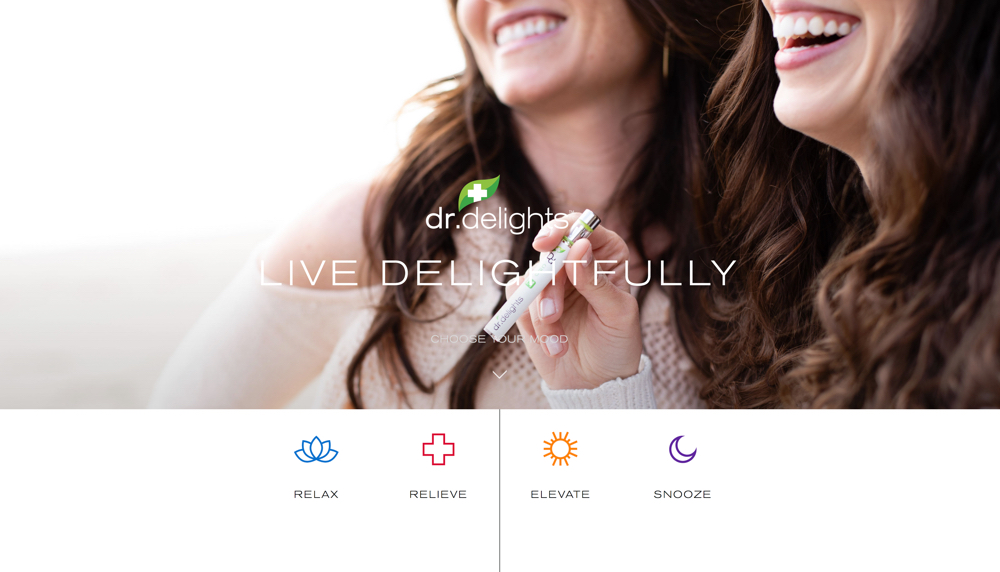I bet you’ve heard the terms “UX Design” and “User-Experience Design” thrown around quite regularly lately when it comes to websites, apps and more. Well, so have we, and that’s all good and fine (we’re huge proponents of good UX design), except for the part where most of the so-called “UX Designers” barely understand what it is, let alone actually specialize in it. So, here’s the rundown!
The term “user experience”, a.k.a. UX, was first used in the 1990s by Donald “Don” Norman, who was then the Vice President of Apple Computer’s Advanced Technology Group. Although it is defined in different ways, UX links the over-all experience of the user and the system (which can be a website, desktop software or a web application). Some simply describe UX as human-computer interaction. Others refer to it as the total experience of a user visiting a website.
The UXPA or User Experience Professionals Association, however, defines user experience as “Every aspect of the user’s interaction with a product, service, or company that make up the user’s perceptions of the whole. User experience design as a discipline is concerned with all the elements that together make up that interface, including layout, visual design, text, brand, sound, and interaction. UE works to coordinate these elements to allow for the best possible interaction by users”. Therefore, it is an important aspect of product development and customer satisfaction.
Valuable user experience design elements or disciplines
According to user design experience professional Peter Boersma, information architecture helps shape user experience for websites. Additionally, he views UX as an umbrella consisting of related disciplines. As such, he came up with a diagram (The T-model) that enumerated the elements or disciplines needed for efficient user experience design. Boersma’s illustration defined Interaction Design, Usability Engineering, and Computer Science, Information Architecture, Visual Design Marketing & Communications, Information Design, and Copywriting as the key disciplines needed in coming up with the ideal UX design.
If adjusted to today’s technology level, Boersma’s UX focus is summed up into the following core disciplines:
- Content
- Usability
- Research
- Interaction Design
- Information Architecture
- Visual Design
Therefore, to create a UX design that answers visitors’ needs, a user experience professional (labeled as “UX designer”) should deeply understand and know how to balance the above mentioned disciplines. A UX designer focuses on a website’s ease of use, efficiency, process (particularly for e-commerce sites), utility, content, accessibility, and even sub-systems & processes. Every aspect of a website should go “under the nose” of the UX designer.
The importance of user experience
When browsing through or visiting a website, users will want everything to work according to his expectations. We will want the pages to open as soon as the mouse clicks. We will want a visual experience that pleases the senses. We will want content that he can use or benefit from. We will want to find the information he needs without having to go through numerous steps. In short, we will want a pleasant experience.
Generally, a website with good user experience design will result to a high level of customer satisfaction. Thus, the site will get more views and visits. E-commerce websites offering the ideal user experience will enjoy more profit; customers will keep coming back to the site and buying its products/services. Even visitors who originally planned to just browse through the website will often end up purchasing the offerings.
The ideal user experience design varies for each website. There is no such thing as “one size fits all” in UX design. Everything will depend on the website, what it needs and what it intends to achieve. The ideal user experience design should be tailored or patterned to the site’s values, goals and products.















